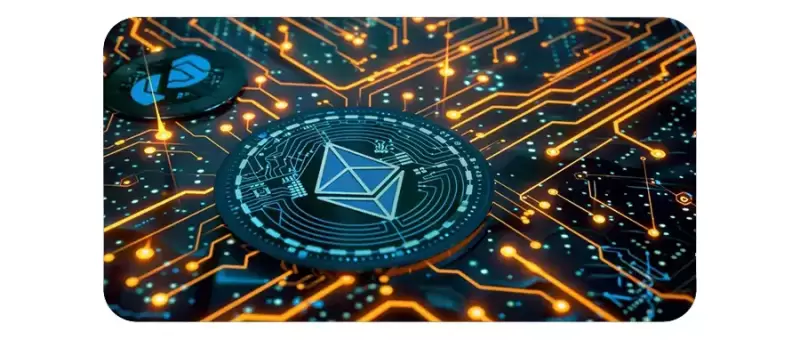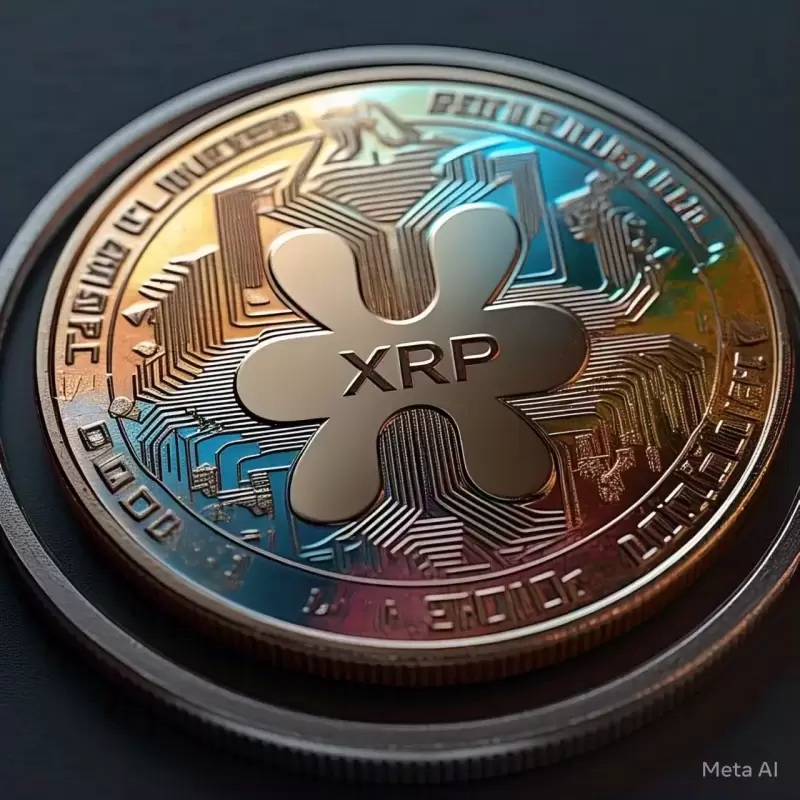 |
|
 |
|
 |
|
 |
|
 |
|
 |
|
 |
|
 |
|
 |
|
 |
|
 |
|
 |
|
 |
|
 |
|
 |
|
The blockchain space is constantly evolving, with new projects pushing the boundaries of what is possible within the decentralized ecosystem.

The blockchain space is in the midst of a rapid evolution, with new projects constantly pushing the boundaries of what's possible within the decentralized ecosystem. While Solana (SOL) stole headlines during the last bull cycle for its blazing-fast transaction speeds and ambitious goals, a revolutionary Layer 1 blockchain is quickly gaining momentum in 2025—introducing BlockDAG.
Solana, known for its hybrid Proof-of-Work (PoW) and Proof-of-History (PoH) consensus, aims to process up to 65,000 transactions per second (TPS) for a minimal fee. However, despite its technological prowess, Solana has faced criticism for its centralization tendencies and network outages, which have limited its long-term potential.
Enter BlockDAG, a hybrid Directed Acyclic Graph (DAG) combined with PoW consensus, which has been widely touted as a potential “Solana Killer.” After its explosive Keynote 3 event, this label is beginning to look less like hype and more like reality. With a live testnet, DeFi tools launching at mainnet, and both Ethereum Virtual Machine (EVM) + WebAssembly (WASM) compatibility, BlockDAG is shaping up to be a serious contender in the blockchain space. The technical architecture, coupled with a strong community, is setting the stage for a decentralized, scalable future that may very well dethrone Solana as the go-to blockchain for developers and investors.
What is BlockDAG?
BlockDAG is a hybrid DAG + Proof-of-Work blockchain designed to solve many of the challenges faced by traditional blockchain architectures. These include scalability, centralization risks, and network congestion. The project combines the strengths of DAG technology—which enables parallel transaction processing for high throughput—with the security and decentralization of Proof-of-Work consensus.
The DAG structure allows multiple blocks to be confirmed simultaneously without the bottlenecks typically associated with traditional blockchain structures. This parallelism gives BlockDAG a unique advantage over other chains, which are constrained by linear block confirmations. The integration of Proof-of-Work consensus ensures the decentralization and security of the network, a feature that has been a point of contention for Solana, which has faced issues with centralization due to its small number of validators.
This hybrid consensus mechanism provides the scalability of a DAG while maintaining the strengths of a traditional Proof-of-Work system, striking a delicate balance between speed and decentralization.
Speed Without Sacrifice
Solana has built a reputation for being one of the fastest blockchains in the world, capable of handling up to 65,000 transactions per second (TPS) with its Proof-of-History (PoH) consensus. While this speed is impressive, it comes with significant tradeoffs. Solana has also faced issues with limited tooling support for developers outside of its ecosystem.
However, BlockDAG aims to offer speed without sacrifice. By using the DAG structure, multiple blocks can be confirmed in parallel, significantly increasing transaction throughput and reducing network congestion. This capability is crucial for handling the high volumes of transactions that are common in today's decentralized applications (DApps).
Unlike Solana, which has suffered from periods of downtime and network instability, BlockDAG is designed to remain operational and process transactions efficiently even during peak usage. This reliability is essential for any blockchain that aims to serve as the foundation for a large-scale decentralized ecosystem.
EVM + WASM Compatibility: The Developer’s Dream
One of the most significant differentiators for BlockDAG is its compatibility with both Ethereum's Virtual Machine (EVM) and WebAssembly (WASM). This makes it incredibly attractive to developers who want to build on a blockchain that supports Ethereum smart contracts while also embracing the future of Web3 with WASM—a faster, more scalable virtual machine.
Solana, on the other hand, does not offer native support for either EVM or WASM. While it supports smart contracts, developers on Solana often face challenges with tools that are specific to the Solana ecosystem. BlockDAG's hybrid approach allows it to support both Ethereum developers who are looking for a seamless transition from Ethereum's ecosystem and Polkadot developers looking to scale their applications with WebAssembly. This gives BlockDAG a significant edge, as it's the first blockchain to combine the best of both worlds.
BlockDAG's DeFi-Ready Mainnet Launch
An Ecosystem Ready for Action
Another key feature that sets BlockDAG apart from other blockchains—especially Solana—is its advanced DeFi infrastructure. While Solana has been working to build its own DeFi ecosystem with protocols like SPL Token and the integration of third-party projects, BlockDAG is launching with DeFi tools built-in from day one.
This includes a complete suite of decentralized finance applications, enabling users to stake, lend, borrow, swap tokens, and govern the network right from the beginning. In contrast, Solana's DeFi protocols, such as the borrowing and lending platform Acala and the decentralized exchange (DEX) project DeepEdge, are still under development and have faced delays in their deployment
Disclaimer:info@kdj.com
The information provided is not trading advice. kdj.com does not assume any responsibility for any investments made based on the information provided in this article. Cryptocurrencies are highly volatile and it is highly recommended that you invest with caution after thorough research!
If you believe that the content used on this website infringes your copyright, please contact us immediately (info@kdj.com) and we will delete it promptly.
-

-

- XRP price is hanging on a thread at a crucial support level
- Apr 03, 2025 at 01:30 am
- input:output: {'title': 'Crypto Analyst Sees XRP Price Having a Massive Explosion', 'description': 'XRP price is hanging on a thread at a crucial support level after dropping by almost 40% from its highest level this year.'}
-

-

-

-

-

-

-




























































